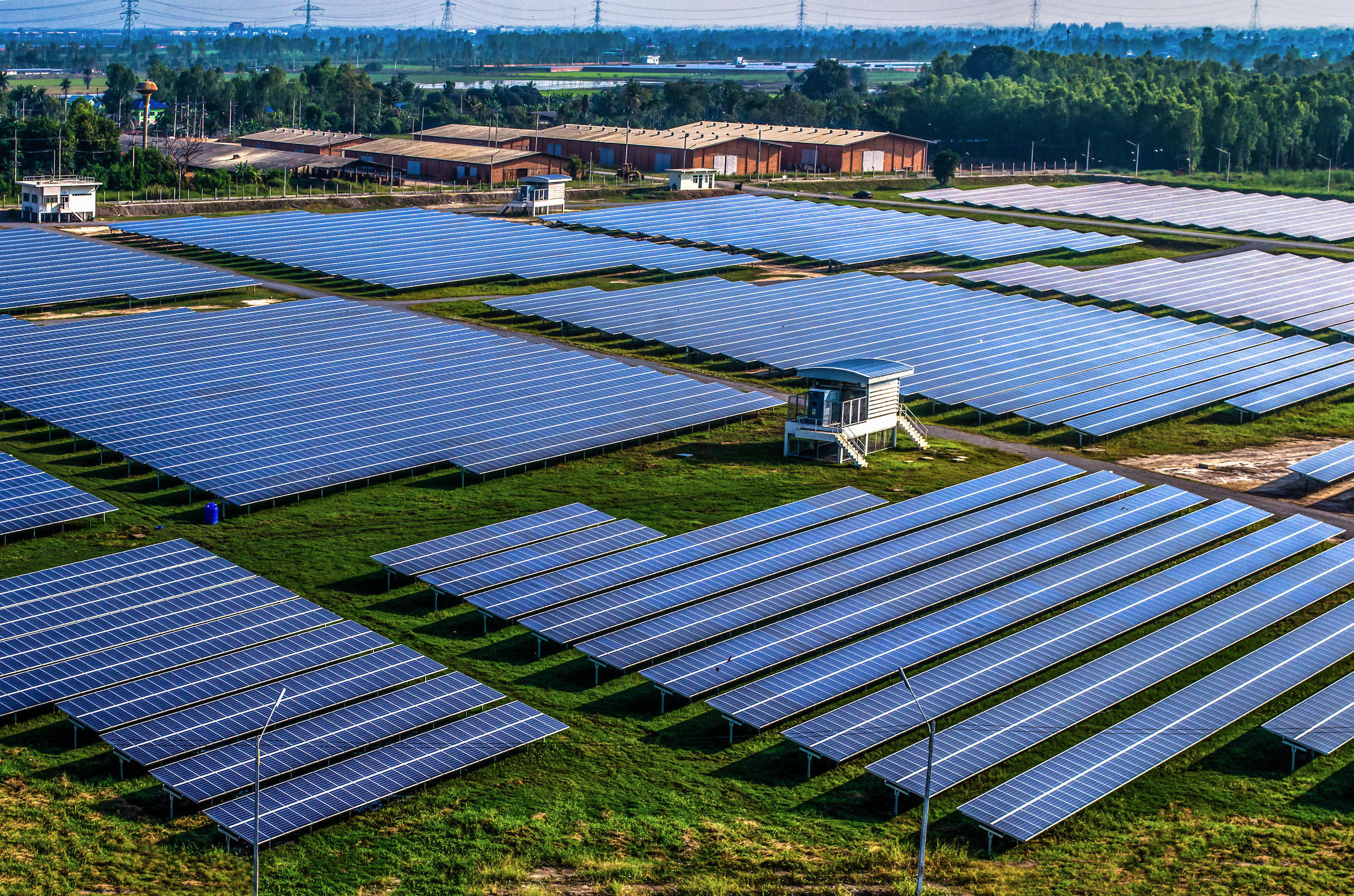Around half of Cambodia’s electricity is currently generated from coal. China has a significant involvement in the Cambodian energy sector.
Cambodia’s power system has proven highly adaptable over the past 20 years. At the turn of the century, only 17% of the population had access to the grid, and the system was three-quarters powered by fuel oil. By 2014, this had switched to nearly two-thirds hydropower, all of it built with Chinese involvement. Seven years later, Cambodia has a remarkably improved electrification rate of 93% . Plans approved after power shortages in 2019 catalysed a return to fossil fuels, which were expected to supply 75% of power by 2030.
President Xi Jinping announced in September that China “will not build new coal-fired power projects abroad” and will step up support for green energy. This decision by China is likely to significantly help Cambodia transition toward a more sustainable and affordable electricity system, Following Xi Jinping’s announcement of the end of new Chinese investment in foreign coal projects, 3,100 MW planned projects are unlikely to proceed with Chinese investment.
Analysis reported by China Dialogue, suggests that Cambodia’s coal power capacity was projected to reach 4,675 megawatts (MW) within the next 10 years. However, only 675 MW of that is operational, with another 900 MW currently under construction. Two-thirds of the planned capacity of 3,100 MW may not proceed following China’s decision on coal. A further 2,400 MW which was to be imported from projects planned in neighbouring Laos could also be affected by that decision.
There is no doubt that Chinese support for energy projects has significantly benefited Cambodia (and other countries).

Bridget McIntosh, an environmental engineer and author of the China Dialogue article, argues that China’s change of policy on funding coal gives Cambodia the flexibility to “have an affordable power supply without proceeding with its 3,100 MW of unbuilt coal projects … thanks to the ever-dropping prices of renewables”
According to McIntosh, solar and wind power are the cheapest source of new power supply, for Cambodia, already delivering electricity in the range of 3.9–6.9 cents per kilowatt hour (kWh), “well below the proposed coal-power purchase price of 7.7 cents per kWh for the 2,400 MW Lamam and Xekong thermal power plants.” McIntosh says that analysis for Cambodia’s Ministry of Mines and Energy updated after China’s coal announcement and the current global energy crisis, “shows that replacing this unbuilt coal power with solar, wind and some non-mainstream hydropower, as well as fast-responding battery storage and gas engine plants, would actually lower electricity system costs for Cambodia and ensure reliability.”
Cambodia, says McIntosh, “can replace the unbuilt, unfinanced coal plants with a combination of solar, wind, hydro, gas engine plants and storage to maintain the same level of renewables share it has now – half.”
Chinese investment funds most of Cambodia’s 410 MW solar power projects, with a growing interest in wind power – and of course China is the global leader in battery storage technology. China’s Eximbank has also invested extensively in Cambodia’s transmission grid infrastructure, says McIntosh. Planning grid infrastructure to deal with more solar and wind is an essential factor in transitioning to a greener energy system – another area where China is a leader.
“In his announcement against building new coal projects abroad, Xi also said “China will step up support for other developing countries in developing green and low-carbon energy”. A move away from coal towards a higher share of renewables could see Cambodia become a major beneficiary of Chinese investment and expertise in green energy for years to come. With the China–Cambodia free trade agreement ratified by the Cambodian National Assembly last month, and an updated investment law prioritising incentives for green energy, it looks like the future of Cambodia’s electricity system could be getting brighter – and greener.”
SOURCE: China Dialogue, October 27, 2021 – https://chinadialogue.net/en/energy/opinion-cambodia-can-secure-reliable-electricity-without-new-coal/
Author: Bridget McIntosh is an environmental engineer and country director of EnergyLab Cambodia, an organisation supporting the growth of clean energy in Cambodia.